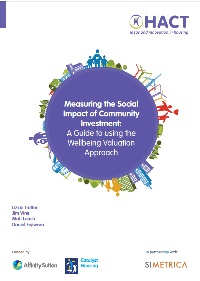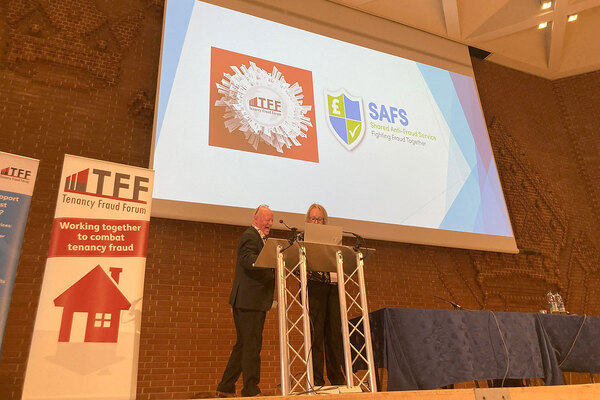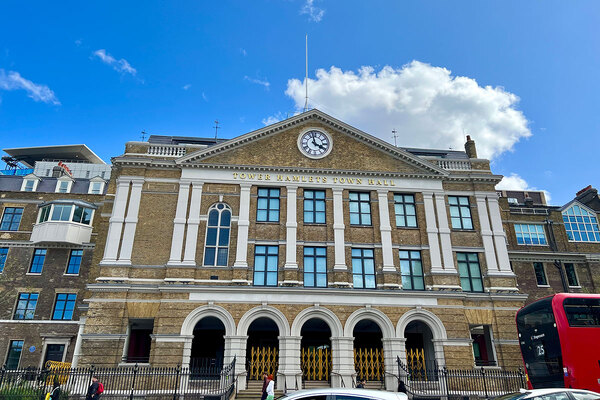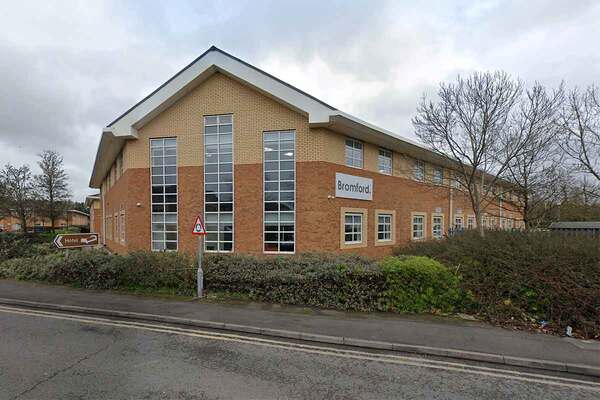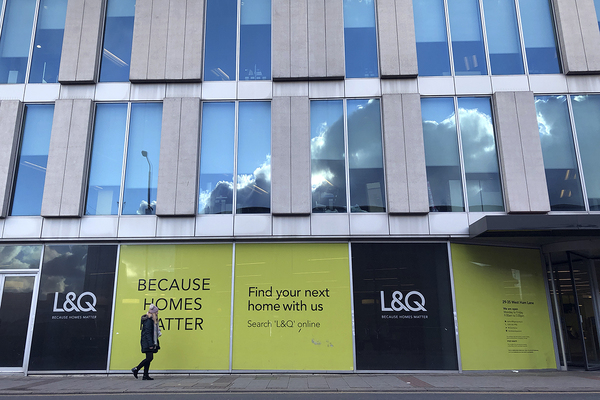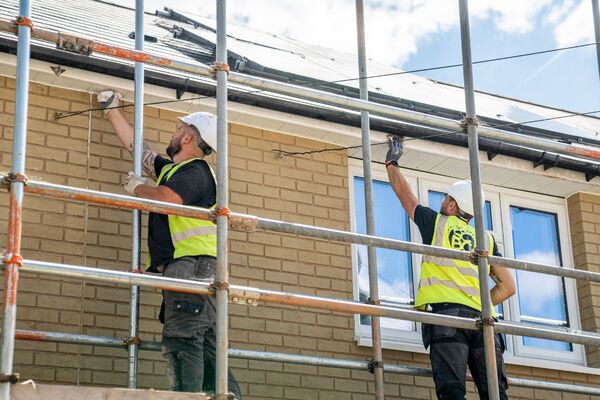You are viewing 1 of your 1 free articles
Calculating social wellbeing
By having a standard way of calculating social impact, Affinity Sutton has worked out the value of community investment programmes compare to other projects, writes Phil Miles
There has been a small flurry of articles and letters in Inside Housing recently promoting the importance of landlords measuring their social value (Inside Housing 4 July and 25 July).
One of the main barriers to success has been trying to find a way of measuring and comparing the impact of a wide range of activities such as employment and training, youth work and debt advice. It is relatively easy to count outputs (eg how many residents have been supported into work) and measure value for money (eg the average cost of getting a resident into work) but until recently we’ve had no way of working out how this impacts on the wellbeing of the individual and how we can compare impacts between different activities.
Earlier this year, Affinity Sutton, along with the London School of Economics, HACT and Catalyst Housing, published a report setting out a new way of measuring impact using the Wellbeing Valuation Approach (WVA) – Measuring the Social Impact of Community Investment. Using large household datasets such as the British Household Panel Survey we have been able to calculate the impact of a wide range of life events such as being unemployed, having poor health or high debts on an individual’s wellbeing. For instance the impact on an individual’s wellbeing of getting a job is £10,767, the value of living in an area with no anti social behaviour is £6,403 and the value of having access to the internet is £1,875. Altogether we have calculated the values for 53 typical activities undertaken by social landlords as part of their community investment programmes.
By having a standard way of calculating the impact on wellbeing we can calculate the overall impact of our community investment programmes as well as compare the impacts of different projects. For the first time, Affinity Sutton has included a figure for our social value impact in the foreword of our 2013/2014 financial statements, published today. Using the WVA method we have calculated the overall social value of our community investment programme as £58m or a return of 13:1. We are now looking to extend this work beyond our community investment activities to include our standard landlord activities.
We have provided the report and online social value calculator for free through HACT’s website and hope this new method for calculating social impact becomes a valuable tool for housing associations to calculate and promote the excellent community investment work many of us are doing as a core part of our business.
Phil Miles is the director of regeneration and communities for Affinity Sutton
